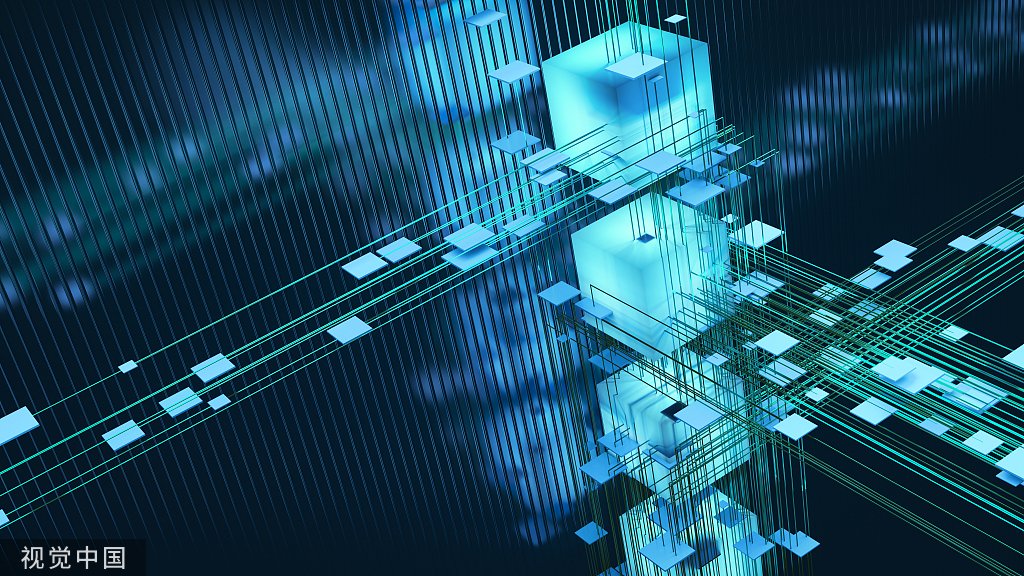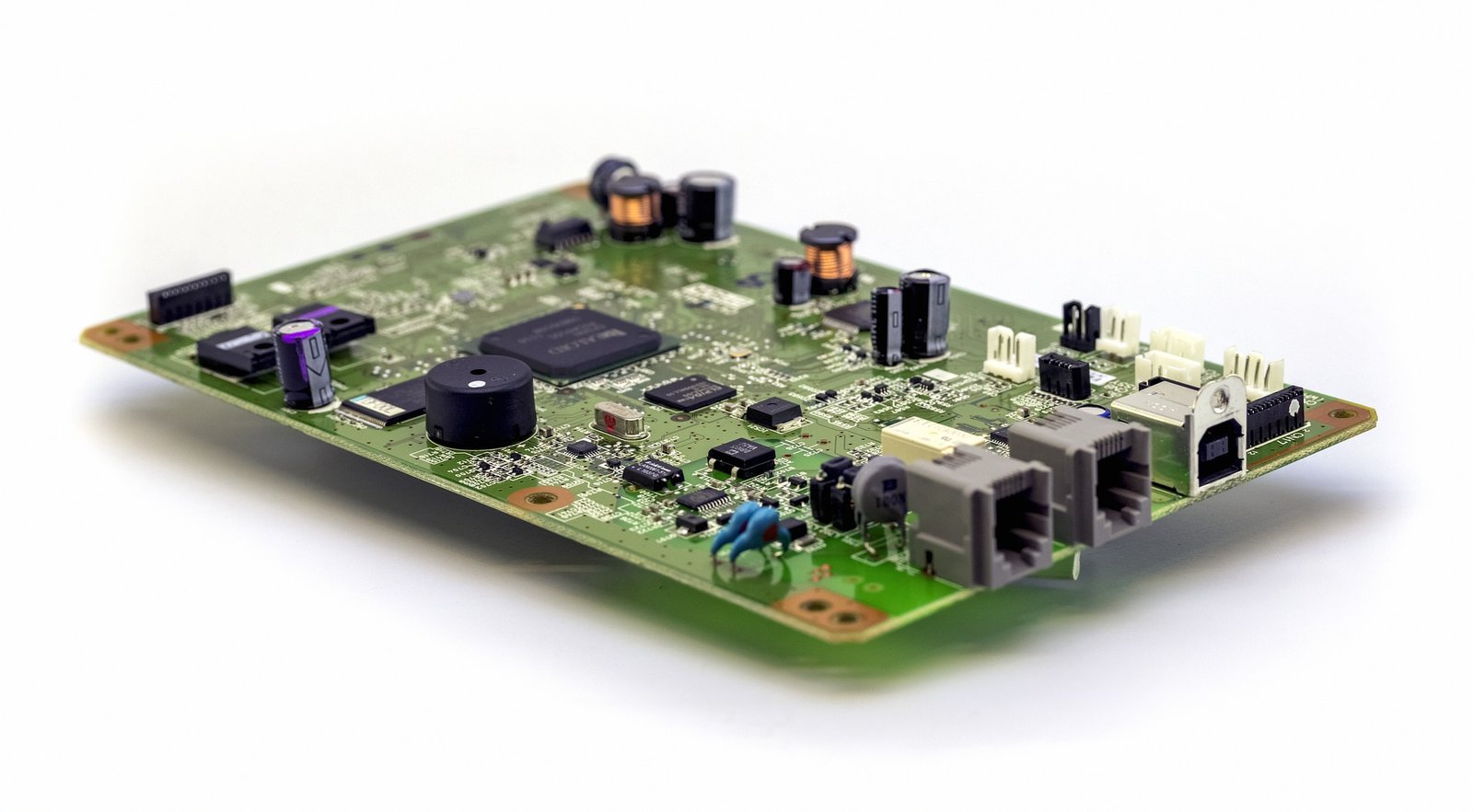Introduction
In the realm of electronics, the acronym PCB stands for Printed Circuit Board. PCBs are indispensable components that form the backbone of modern electronic devices. By providing a physical platform and the necessary electrical pathways, PCBs facilitate the connection and interaction of various electronic components. This article delves into the significance of PCBs, their manufacturing processes, and their diverse applications across different industries.
The Basics of PCB Design and Function
Printed Circuit Boards are constructed from a non-conductive substrate, typically fiberglass, which is coated with a thin layer of conductive copper. The copper is etched to form traces, which are pathways that connect different electronic components on the board. These traces are crucial for the efficient transmission of electrical signals between components such as resistors, capacitors, and integrated circuits.
Single-Layer vs. Multi-Layer PCBs
PCBs can be categorized into single-layer and multi-layer boards. Single-layer PCBs have copper traces on one side of the board, whereas multi-layer PCBs have several layers of copper traces separated by insulating material. Multi-layer PCBs are essential for more complex circuitry, enabling the creation of advanced electronic systems. The design process focuses on maximizing functionality while minimizing space and printed circuit board cost.
The PCB Manufacturing Process
The pcba manufacturing process is meticulous, requiring precision at every stage. It begins with translating the circuit design into a photomask, which is then used to transfer the circuit pattern onto the copper-clad board. Unwanted copper is etched away, leaving the desired circuit pattern. Holes are drilled for component leads, and the board is coated with a solder mask to prevent short circuits and oxidation.
Assembly and Testing
After the board is prepared, the assembly process begins. Components are placed on the board, and solder is applied to create secure electrical connections. This process can be automated for large-scale production or performed manually for small batches and prototypes. Rigorous testing follows to ensure the functionality and reliability of the PCB, addressing potential issues such as signal integrity and component placement.
Applications of PCBs
PCBs are integral to a wide array of modern technologies, found in everything from consumer electronics to industrial machinery. Their versatility allows for customization to meet specific requirements for durability, size, and performance.
Consumer Electronics
In consumer electronics, PCBs are used in smartphones, computers, and home appliances. The demand for smaller, faster, and more efficient devices drives continuous innovation in PCB design and manufacturing. For instance, smart home PCB applications require compact, reliable, and energy-efficient designs to support the increasing complexity of interconnected devices.
Automotive and Industrial Applications
The automotive industry heavily relies on PCBs for engine control units, infotainment systems, and advanced driver-assistance systems (ADAS). These applications demand high reliability and resistance to harsh conditions. Similarly, industrial machinery uses PCBs to control and monitor operations, ensuring efficiency and safety in various manufacturing processes.
The Role of Specialized PCBs
Specialized PCBs cater to niche markets and specific functionalities. For example, flex PCB stiffeners are used in applications where flexibility and mechanical support are crucial. These are common in wearable technology and flexible displays, where traditional rigid PCBs would be unsuitable.
Turnkey Solutions and Prototyping
For businesses developing new products, turnkey PCB assembly and pcb prototyping services are invaluable. These services provide end-to-end solutions, from design and manufacturing to assembly and testing, allowing companies to bring products to market quickly and efficiently. Prototyping services enable rapid iteration and refinement of designs, ensuring the final product meets all specifications and performance requirements.
Conclusion
PCBs are the foundation of modern electronic devices, enabling the complex functionalities we rely on daily. From simple single-layer boards to advanced multi-layer designs, PCBs are integral to various industries, including consumer electronics, automotive, and industrial applications. As technology continues to evolve, the demand for innovative PCB solutions will only increase, driving advancements in design, manufacturing, and assembly processes.
For businesses seeking high-quality PCB solutions, ArisenTec offers exceptional services tailored to meet diverse industry needs. From pcb prototyping service to turnkey PCB assembly, ArisenTec ensures precision, reliability, and rapid turnaround times, making it a trusted partner in the electronics industry. Understanding what PCBs stand for and their crucial role in electronics highlights the meticulous craftsmanship and technological marvels they support. Visit ArisenTec to learn more about their comprehensive PCB services and how they can support your next project.
Choosing the Right Wires for Breadboard Wiring: A Comprehensive Guide
Breadboards are a staple in electronic circuit building, offering flexibility and ease of use for both beginners and professionals. However, one of the most critical aspects of working with breadboards is selecting the right wires. The wires you choose can impact not only the functionality of your circuit but also its longevity and ease of…
How to Improve Heat Dissipation in PCB Design
Introduction As modern electronic devices become more complex and power-dense, heat dissipation has emerged as a critical factor that directly impacts device performance and reliability. Excessive junction temperatures in electronic systems can shorten the lifespan of components and lead to system failure. Thus, optimizing the PCB (Printed Circuit Board) design to improve heat dissipation is…
Manufacturing Process of Multilayer PCBs
Multilayer PCB manufacturing methods include the plated-through hole (PTH) and high-density interconnect (HDI) methods, both achieved by combining different processes to realize the circuit board structure. Currently, the most widely used method is the PTH method, which has been developed and refined over more than half a century. The PTH method is mature in terms…


